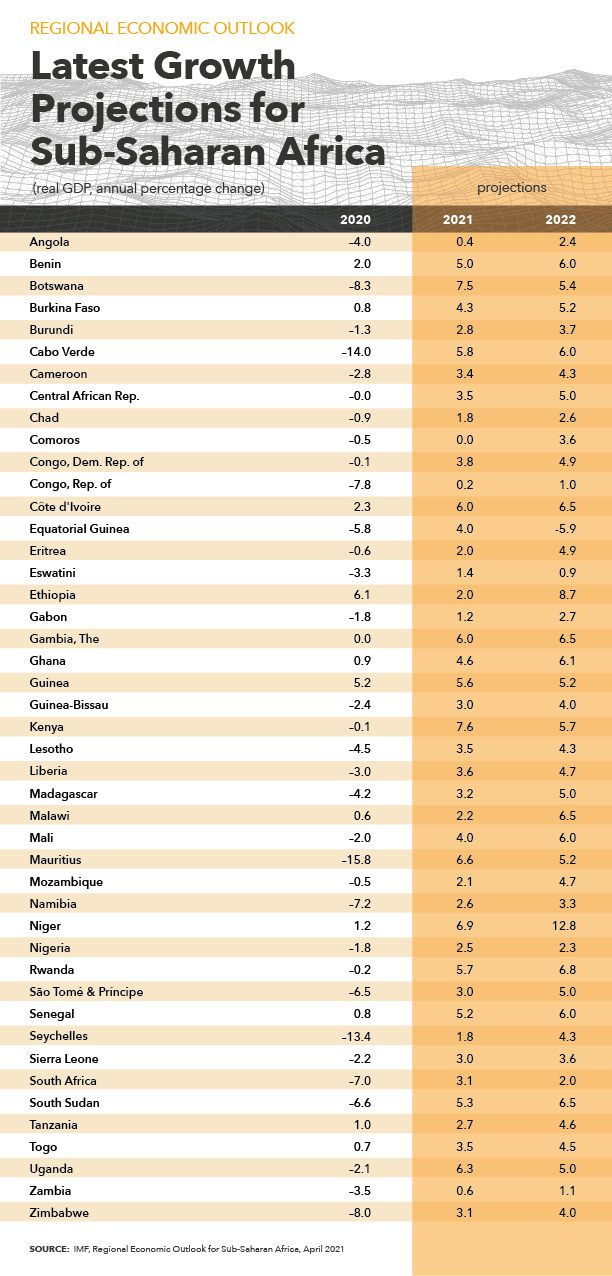Video: Press Briefing
Navigating a Long Pandemic
Despite turning out better than expected, growth in 2020 is estimated to be the worst on record, at –1.9 percent, leading to a large increase in poverty. In 2021, the region’s economy is expected to resume expansion at 3.4 percent, weaker than the 6 percent for the rest of the world, amid a continued lack of access to vaccines and limited policy space to support the crisis response and recovery. Macroeconomic policies will in many countries entail some difficult choices. Saving lives remains the first priority, which will require access to affordable vaccines, ensuring that the logistical and administrative prerequisites of a vaccination rollout are in place, targeted containment efforts, and added spending to strengthen local health systems. The next priority is to unlock the region’s potential by creating more fiscal space and implementing transformative reforms. These include mobilizing domestic revenue, strengthening social protection, promoting digitalization, and improving transparency and governance. Countries will also have to consolidate their fiscal positions to bring debt back on a sustainable footing. Such measures will help lift longer-term growth and provide opportunities for the region’s new job seekers. The international community has a key role to play by ensuring more equitable and quicker access to vaccines and other medical products; and by providing low-income countries the external funding needed to pursue the policy priorities sketched above and avoid long-term scarring.
Growth Projections





